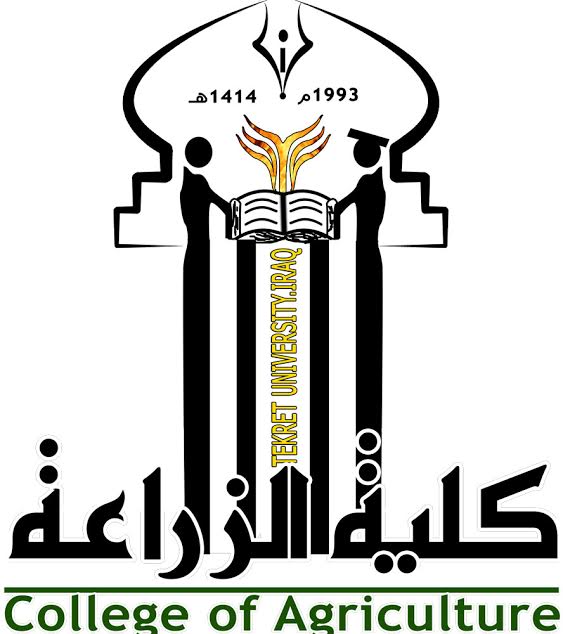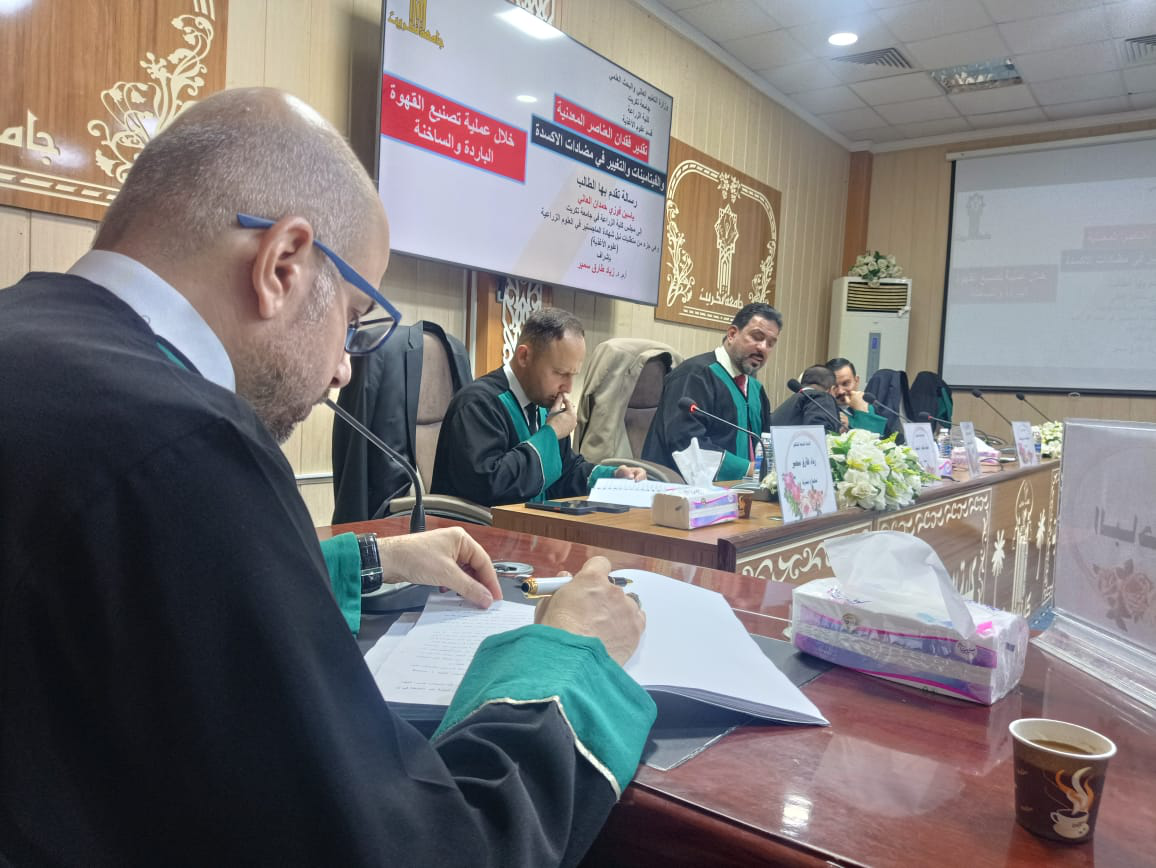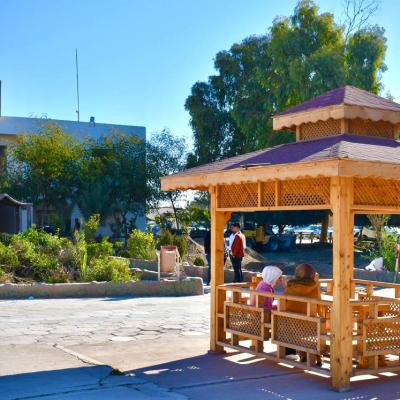A PhD dissertation by researcher Sarah Subhan Abdul Rahman was defended at the Department of Plant Protection, College of Agriculture, University of Tikrit. The thesis was titled: "The Effect of Some Environmental, Morphological, and Chemical Factors on the Seasonal Activity of the Cabbage White Butterfly, Pieris rapae L. (Lepidoptera: Pieridae)."
The researcher concluded that the most significant of these factors are:
Environmental Factors
Environmental factors are considered the most influential on the life cycle and activity of the Cabbage White butterfly, including:
-
Temperature: Temperature is a crucial factor in determining the growth and development rates of the butterfly at all its life stages (egg, larva, pupa, and adult). Each stage has an optimal temperature range; when these ranges are exceeded (either by extreme heat or extreme cold), fertility and survival are affected. High temperatures accelerate the life cycle and increase the number of generations per season, whereas low temperatures slow development and may cause the butterfly to enter diapause during winter.
-
Humidity: Relative humidity plays a role in the survival of eggs and larvae, as well as the activity of adult butterflies. Optimal humidity levels are essential for the development of eggs and larvae, and extreme humidity or severe drought can negatively impact their survival.
-
Light (Photoperiod): The length of the day (light duration) significantly influences the beginning and end of different generations of the butterfly and its entry into winter diapause. Short days and low temperatures typically initiate the diapause phase, which halts development until conditions improve in the spring.
-
Rain and Wind: Heavy rains and strong winds can negatively affect the activity of adult butterflies, limiting their ability to fly, mate, and lay eggs. They can also wash eggs and larvae off plants.
-
Availability of the Host Plant: The butterfly's activity is highly dependent on the availability of host plants, especially those from the Brassicaceae family, such as cabbage, cauliflower, and radish. The seasonal growth and availability of these plants affect the butterfly's ability to reproduce and feed.





.png)



.png)






